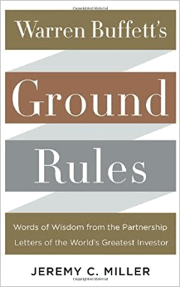 If you get in a debate about owning index funds, Warren Buffett will likely be invoked as an example of successful stock-picking. A recent book called Warren Buffett’s Ground Rules: Words of Wisdom from the Partnership Letters of the World’s Greatest Investor covers a period when Buffett was arguably at his peak of active stock trading. However, even during this time, Buffett’s rules and wisdom still shared a lot in common with low-cost index investing.
If you get in a debate about owning index funds, Warren Buffett will likely be invoked as an example of successful stock-picking. A recent book called Warren Buffett’s Ground Rules: Words of Wisdom from the Partnership Letters of the World’s Greatest Investor covers a period when Buffett was arguably at his peak of active stock trading. However, even during this time, Buffett’s rules and wisdom still shared a lot in common with low-cost index investing.
From 1956 to 1970, Buffett managed a relatively modest amount of money through the Buffett Partnership Limited (BPL), mostly from family and close friends. Already a good teacher, he wrote his partners a series of transparent, frank, and educational letters. While he does write a lot about his outperformance goals and successful trades, but here are examples of how you can be both a Buffett fan and an index fund fan.
You are buying fractional ownership of a real business. Too often, stock trading is treating like playing a game with numbers that zip up and down. Even if you just buy index funds, you should always realize that you are still buying a piece of a business and all its future earnings. These businesses employ hard-working people and provide tangible value and useful services to customers.
In the long-term, the market is efficient. Value investing tries to take advantage of times when the quoted prices of shares vary from “intrinsic value”. Market quotes will vary in the short-term, and you can’t predict them. You can only choose whether to buy, sell, or do nothing. However, value investing also relies on the price eventually returning towards intrinsic value in the long run.
If you buy index funds, you do not spend your time and energy determining intrinsic value. However, you also believe that the markets will work themselves out over the long run.
In the short-term, be ready for big drops in prices. Even though index funds give up the search for intrinsic value, all stockholders are subject to the same short-term swings. From a 1965 BPL letter:
If a 20% or 30% drop in the market value of your equity holdings is going to produce emotional or financial distress, you should simply avoid common stock type investments. In the words of the poet Harry Truman – “If you can’t stand the heat, stay out of the kitchen.” It is preferable, of course, to consider the problem before you enter the “kitchen”.
Beating a diversified index of companies is hard. From a 1962 BPL letter. Buffett made these observations more than a decade before a single person owned an index fund… because they didn’t exist yet.
The Dow as an investment competitor is no pushover and the great bulk of investment funds in the country are going to have difficulty in bettering, or perhaps even matching, its performance.
You may feel I have established an unduly short yardstick in that it perhaps appears quite simple to do better than an unmanaged index of 30 leading common stocks. Actually, this index has generally proven to be a reasonably tough competitor.
Consider after-tax results. Buffett offers good advice in that you should always keep track of your portfolio on an after-tax basis. If you are creating a lot of short-term capital gains, your outperformance has to be rather significant in order to counteract the additional tax drag. This doesn’t mean that Buffett never traded – he did a lot of transaction in the partnership years – but he also had many years of awesome returns.
Today, some people criticize Berkshire for not distributing a dividend, but in fact Berkshire does a great job deferring taxes so that the growth can keep compounding and keep your after-tax returns higher. If cash is needed, a Berkshire shareholder can always sell some shares.
A market-cap-weighted index fund usually has very low turnover and thus minimized tax drag. An actively-trading mutual fund that has the same pre-tax performance numbers as a passive mutual fund will often have lower after-tax performance.
More assets makes it much more difficult to create outperformance. More assets doesn’t always translate into lower returns, but as Buffett states you must have enough ideas to put that money to good use. From a 1964 letter:
Our idea inventory has always seemed 10% ahead of our bank account. If that should change, you can count on hearing from me.
Buffett stopped accepting new partners when asset levels reached $43 million. He decided to unwind the partnership completely in 1969, for a variety of reasons. He eventually found a better way to align his interests by all becoming shareholders of Berkshire Hathaway (and only taking a small salary as CEO).
A mutual fund with high performance will naturally attract a lot of assets. The good ones will stop accepting funds if the asset levels outrun their supply of great ideas. The bad ones will keep accepting funds because it means higher management fees. However, with Vanguard index funds the problem goes the other way. As the asset levels rise, the costs go down and the performance is unaffected. Here’s an interesting profile of the little-known manager of the Vanguard Total Market Index Fund, which now holds nearly a trillion dollars in assets.
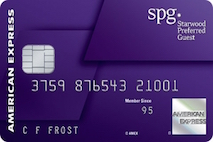
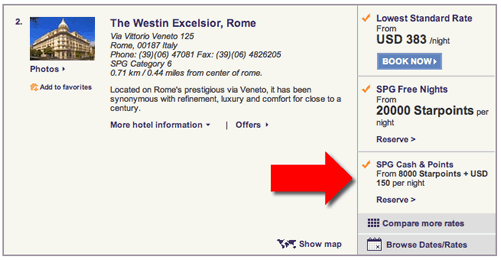
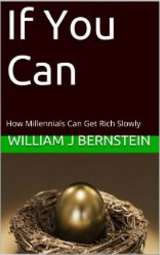 I just finished reading
I just finished reading 

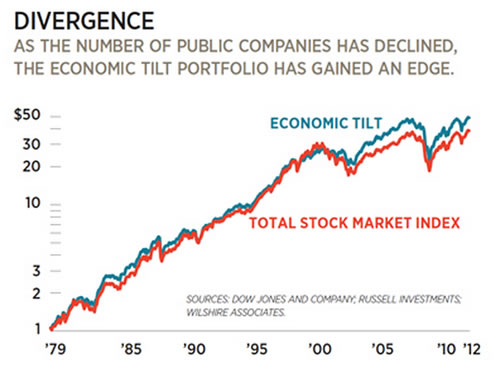
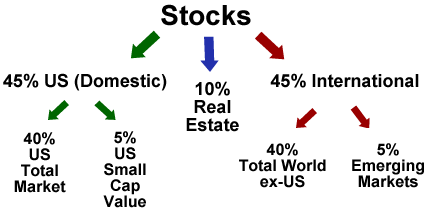
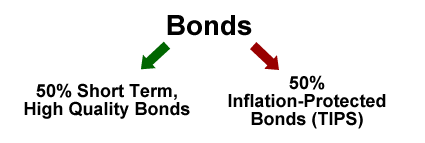
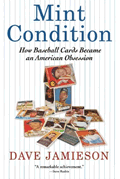 From the 1630s tulip mania to the Roaring 1920s to the Dot-com Bust to Real Estate, I thought I had read about all the bubbles. But it seems that I forgot that I was right in the middle another one – the baseball card craze of the late 1980s and early 1990s.
From the 1630s tulip mania to the Roaring 1920s to the Dot-com Bust to Real Estate, I thought I had read about all the bubbles. But it seems that I forgot that I was right in the middle another one – the baseball card craze of the late 1980s and early 1990s. I apologize for the recent lack of posts, I’ve been having some computer issues. I’ve been experiencing the usual sluggishness that happens after you’ve had Windows for a while, but recently it had been unbearably slow. Even after running multiple anti-virus and anti-malware software, defrag utilities, registry cleaners, I just gave up and had to re-install the operating system. Of course, I’m bad and only make sporadic backups so it took me a while to organize my files and make proper backups.
I apologize for the recent lack of posts, I’ve been having some computer issues. I’ve been experiencing the usual sluggishness that happens after you’ve had Windows for a while, but recently it had been unbearably slow. Even after running multiple anti-virus and anti-malware software, defrag utilities, registry cleaners, I just gave up and had to re-install the operating system. Of course, I’m bad and only make sporadic backups so it took me a while to organize my files and make proper backups. While skimming my new Suze Orman eBook, I ran across her SaveYourself promotion that I
While skimming my new Suze Orman eBook, I ran across her SaveYourself promotion that I 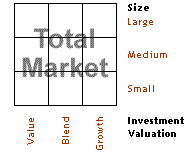 So far we’ve looked into the
So far we’ve looked into the  The Best Credit Card Bonus Offers – March 2024
The Best Credit Card Bonus Offers – March 2024 Big List of Free Stocks from Brokerage Apps
Big List of Free Stocks from Brokerage Apps Best Interest Rates on Cash - March 2024
Best Interest Rates on Cash - March 2024 Free Credit Scores x 3 + Free Credit Monitoring
Free Credit Scores x 3 + Free Credit Monitoring Best No Fee 0% APR Balance Transfer Offers
Best No Fee 0% APR Balance Transfer Offers Little-Known Cellular Data Plans That Can Save Big Money
Little-Known Cellular Data Plans That Can Save Big Money How To Haggle Your Cable or Direct TV Bill
How To Haggle Your Cable or Direct TV Bill Big List of Free Consumer Data Reports (Credit, Rent, Work)
Big List of Free Consumer Data Reports (Credit, Rent, Work)